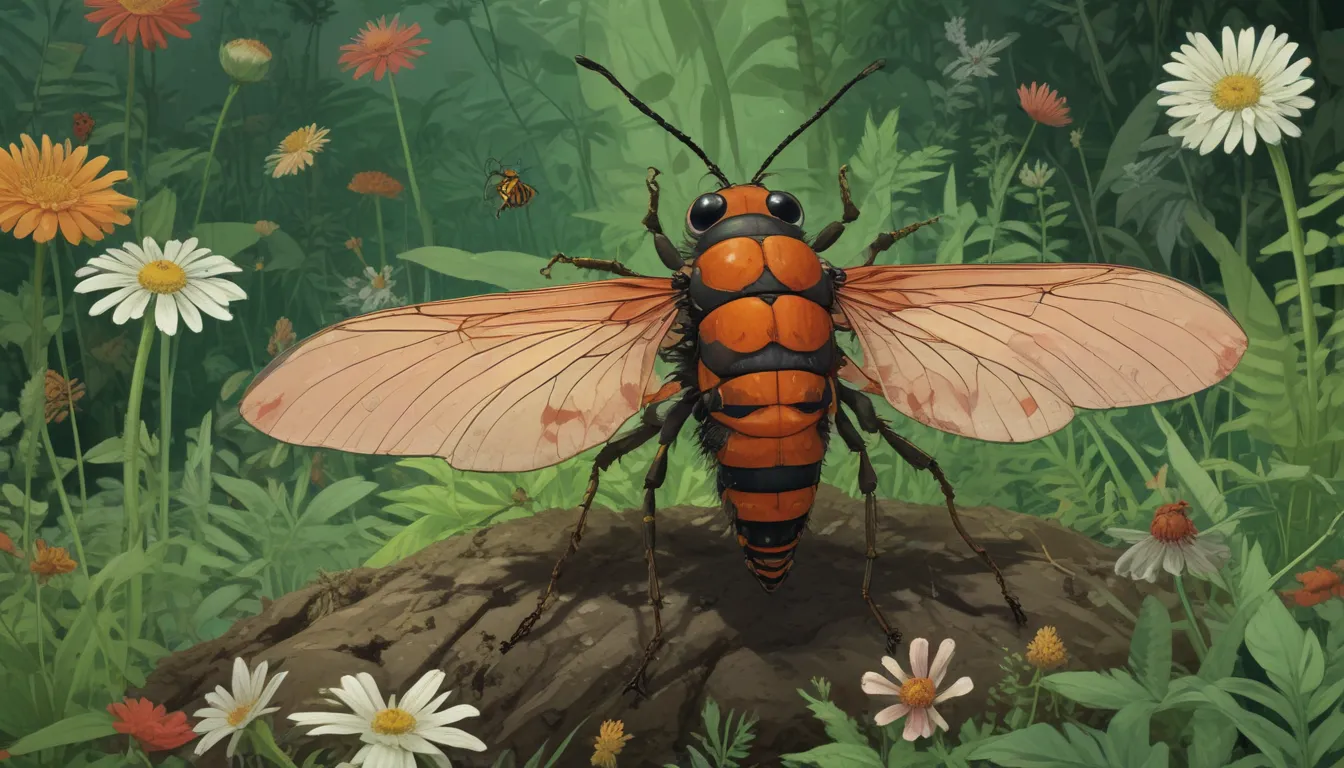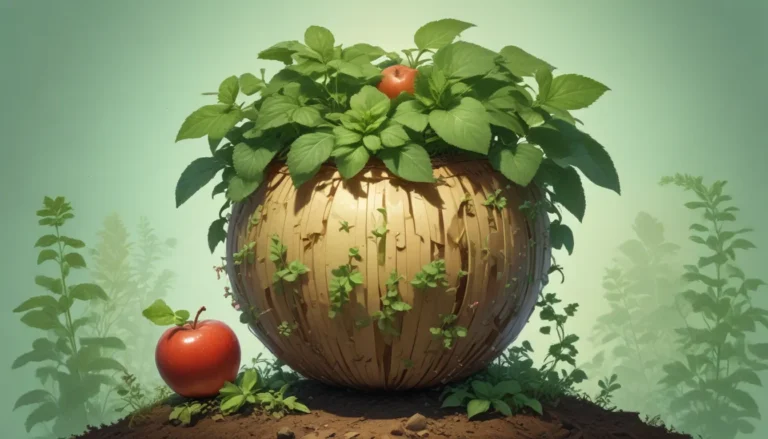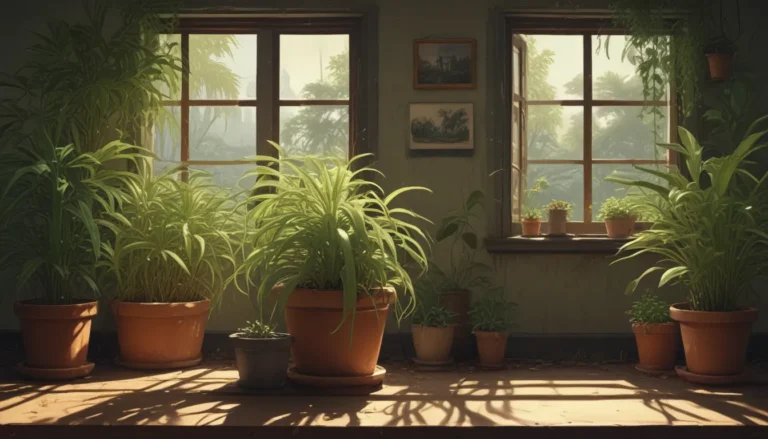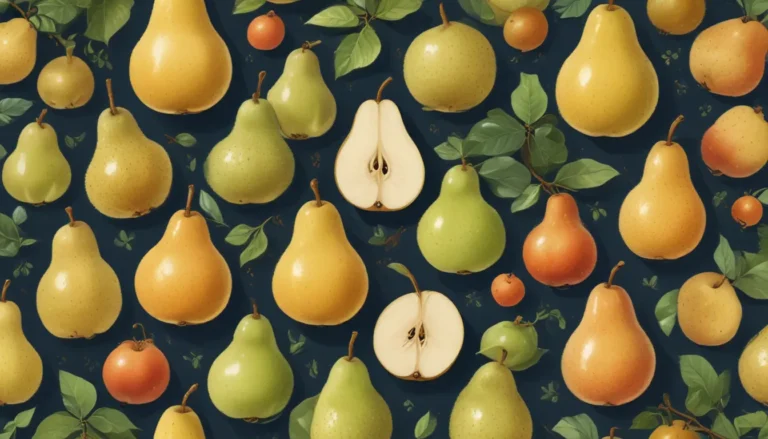A Comprehensive Guide to Beneficial Insects and Creepy Crawlies for a Thriving Garden

As summer dwindles to a close, the hum of insects fills the air in my backyard. They flit about, landing on daylilies, zinnias, and marigolds, creating a buzz of activity that captivates me. Amidst this serene setting lies a bustling world of predators, parasites, and pollinators, each playing a crucial role in the intricate tapestry of the garden.
Let’s delve into this fascinating realm, exploring the beneficial insects that call your garden home, and the key strategies for cultivating a healthy and vibrant outdoor space. From natural pest control to promoting pollination, these little creatures are essential allies in your gardening endeavors.
Unveiling the World of Beneficial Insects
Before we dive into the specifics of beneficial insects, let’s understand the importance of these tiny allies. Good bugs play a vital role in maintaining a balanced ecosystem in your garden, preying on pests, pollinating flowers, and contributing to plant health. By attracting these beneficial insects to your yard, you can create a harmonious environment that supports both plant and insect life.
Common Beneficial Insects
- Soldier Beetle
- Food: Aphids, Caterpillars
-
Attracted to: Goldenrod, Marigolds, Zinnias
-
Big-Eyed Bug
- Food: Aphids, Caterpillars, Mites
-
Attracted to: Cosmos, Fennel, Marigolds, Mint
-
Hover Fly
- Food: Aphids, Caterpillars, Mealybugs
-
Attracted to: Bergamot, Dill, Lemon balm, Zinnias
-
Ladybird Beetle
- Food: Aphids, Caterpillars, Mealybugs
-
Attracted to: Bergamot, Cosmos, Mint, Parsley
-
Rough Stink Bug
- Food: Aphids, Beetles, Caterpillars
-
Attracted to: Trees, particularly fruit
-
Lacewing
- Food: Aphids, Mealybugs, Mites, Thrips, White flies
-
Attracted to: Coriander, Cosmos, Fennel, Sunflowers
-
Dragonfly and Damsel Fly
- Food: Flies, Gnats, Mosquitoes, Small fish
-
Attracted to: Backyard water features, Creeks, Ponds
-
Braconid Wasp
- Food: Aphids, Beetles, Hornworms, Squash bugs, Stink bugs, Tent caterpillars
-
Attracted to: Flowering plants, Carrots, Catnip, Chamomile
-
Native Bee
- Food: Nectar from flowering plants
-
Attracted to: Plants rich in nectar and pollen, Basil, Bergamot, Coneflowers
-
Butterfly
- Food: Nectar, Sap
- Attracted to: Asters, Black-eyed Susans, Butterfly weed, Coneflowers
Commercially Available Beneficial Insects
If you’re looking to boost your garden’s beneficial insect population, consider purchasing ladybugs, lacewings, or braconid wasps from reputable suppliers. These insects can provide instant pest control and pollination services, enhancing the overall health of your garden.
A Word on Worms
Although not insects, earthworms play a crucial role in maintaining soil health and fertility. By aerating the soil, breaking down organic matter, and enhancing nutrient availability, worms contribute to a thriving garden ecosystem.
Best Practices for a Healthy Garden
To create an environment that attracts and sustains beneficial insects, follow these essential guidelines:
- Start With Good Soil: Amend with organic compost, mulch, and fertilize as needed to ensure optimal plant nutrition.
- Plant Hardy Natives: Select native seedlings and seeds that thrive in your local environment, promoting plant health and biodiversity.
- Embrace Diversity: Companion planting, interspersing vegetables, herbs, and flowers, and creating insectary plant mixtures discourage pests and attract pollinators.
- Manage Weeds: Adopt suitable weed management practices to reduce competition for resources and maintain a tidy garden.
- Dispose of Plant Debris: Promptly remove plant debris to prevent the spread of pests and diseases, maintaining a clean and healthy garden environment.
- Provide a Water Source: Ensure that bugs have access to water, particularly during dry spells, to support their survival and well-being.
By incorporating these principles into your gardening routine, you can cultivate a garden teeming with beneficial insects that enhance plant growth, deter pests, and contribute to a thriving ecosystem.
Embracing the Diversity of Good Bugs
From predatory insects like ladybird beetles and hover flies to pollinators like native bees and butterflies, the world of beneficial insects is rich and diverse. Take the time to observe these tiny allies in action, appreciating their vital role in maintaining a healthy garden environment.
While each insect has its unique feeding habits and preferences, all contribute to the overall balance and well-being of your garden. By welcoming these good bugs into your yard and providing them with suitable habitats, you can create a vibrant and sustainable ecosystem that benefits both plants and insects.
So next time you spot a dragonfly or a ladybird beetle in your garden, remember to greet them as friends and allies in your gardening journey. Together, you can nurture a flourishing garden that thrives with the help of nature’s smallest and most valuable workers.
With a penchant for pollination and a knack for natural pest control, beneficial insects are the unsung heroes of the gardening world. By embracing their presence and promoting a healthy garden ecosystem, you can reap the rewards of a thriving and sustainable outdoor space. So go ahead, invite these little critters into your yard, and watch your garden flourish with life and vitality!





